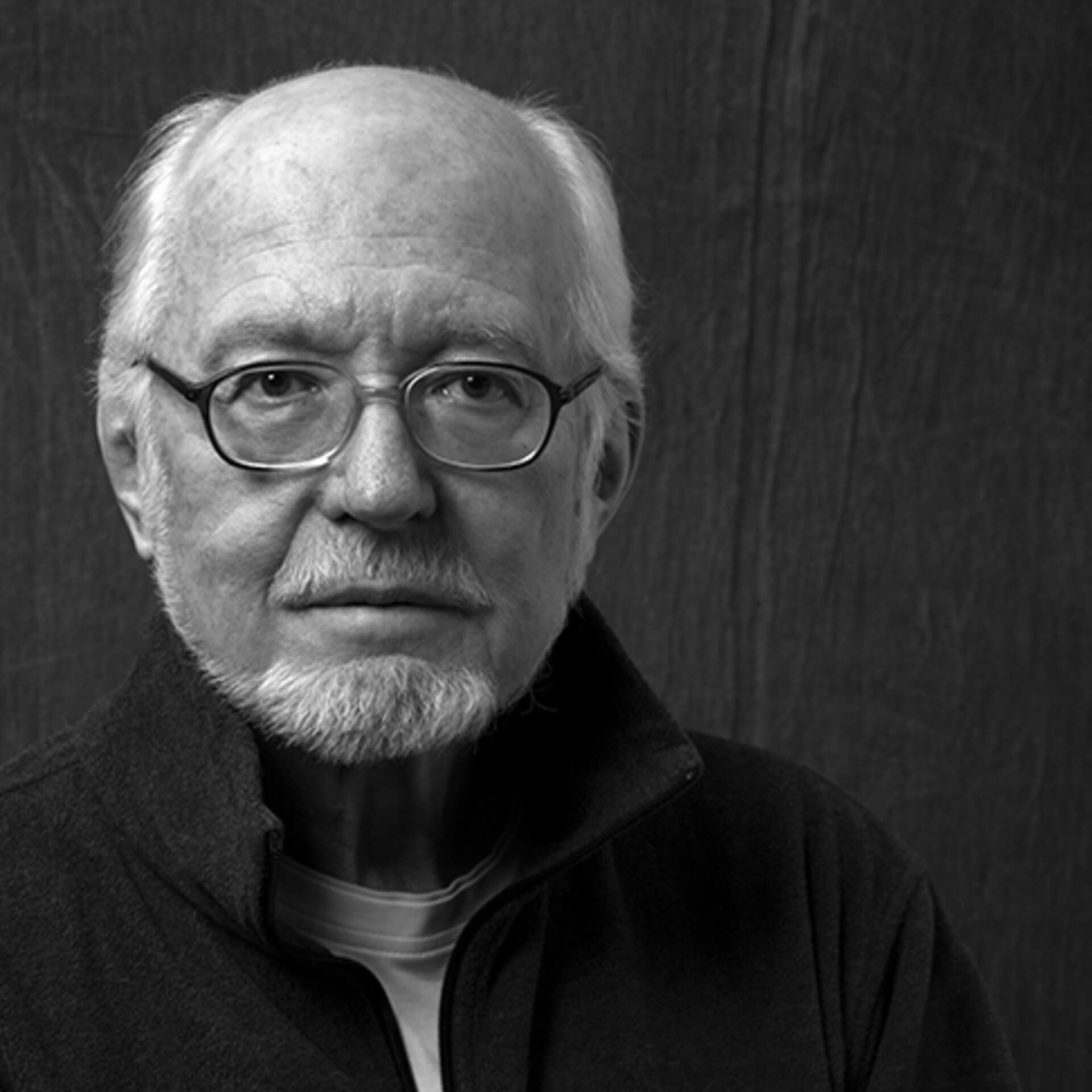John Pfahl
(1939-2020)
American
Born: New York, N.Y., U.S.
John Pfahl is part of the Living Legacy Project at the Burchfield Penney Art Center. Click here to listen to his artist interview.
John Pfahl a photographer and a longtime adjunct professor in the Visual Studies department of the University at Buffalo. His work has been shown in venues around the world.
Pfahl was born on February 17, 1939, in New York City and raised in New Jersey. He received his BFA from the School of Art at Syracuse University and his MA from the School of Communications at the same college. He has resided in Buffalo, NY for the past forty years.
Pfahl tends to work in series, includingPicture Windows(1978-81),Power Places(1981-84), Waterfalls (1988-95), The Very Rich Hours of a Compost Pile(1992-93), Niagara Sublime (1994-96), Bali Suite (1994), Extreme Horticulture (1998-2002), Lumiinous River: Photographs of the Susquehanna (2003-04), and Metamorphoses de la Terre (2010), among others.
When describing his aesthetic, he noted, "I want to make photographs whose very ambiguity provokes thought, rather than cuts it off prematurely. I want to make pictures that work on a more mysterious level, that approach the truth by a more circuitous route." [1]
Nursery Topsoil Pile (winter), Lancaster, NY, February 1994 and Sand Piles, City Ship Canal, Buffalo, NY, September 1994 are two examples of Pfahl's 1994-98 "Piles" series. For this collection, Pfahl wanted to emulate the work of Ansel Adams, but with a decidedly playful twist. "Ansel Adams had his beloved Sierras. I seek out the more elusive mountains on the lake plain near my home in Buffalo, New York. I try to imbue these piles of raw and recycled materials, through judicious use of light, atmosphere and scale, with the majesty of mountains I recall from summers in the Rockies and the Alps." [2] In this series, the everyday collections of soil, debris, and tarp-covered mysteries become monumental; the surfaces of these piles, ranging from soil to leaves to automobile tires, allow the less than epic stories of their creation to capture our interest and encourage us to revisit the landscape and our relationship to it.
In Arcadia Revisited, Pfahl took on the challenge of reinterpreting 19th century ideals of the picturesque and idyllic renderings of the Niagara River and Niagara Falls and rendered them with 20th century tenets of what makes an image beautiful and engaging. These newer images include power plants, unique views, and unveil the ongoing transformation of man's relationship to the land and nature.
For more information on John Pfahl, visit his website: www.johnpfahl.com.
[1] John Pfahl, Artist's Statement for Power Places.http://www.johnpfahl.com/pages/extras/ArtStatement.html#powerpalces. (Accessed 02/20/2014)
[2] Pfahl, John, Artist Statement for Piles. http://johnpfahl.com/pages/extras/ArtStatement.html#piles (Accessed 09/11/2013)
